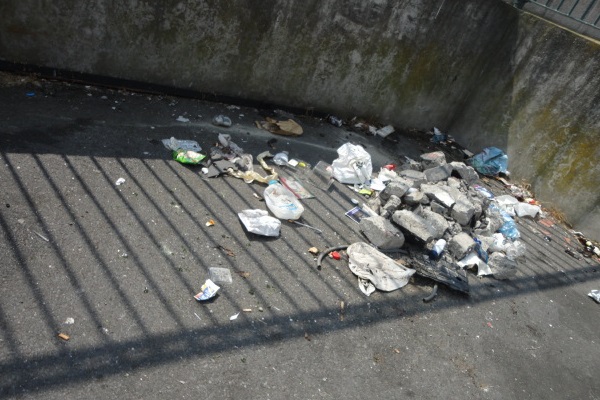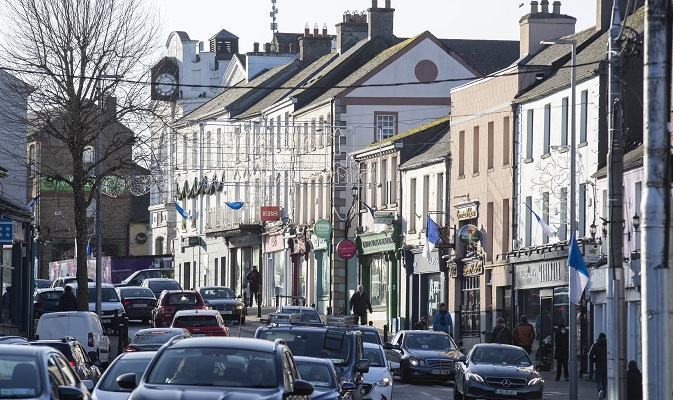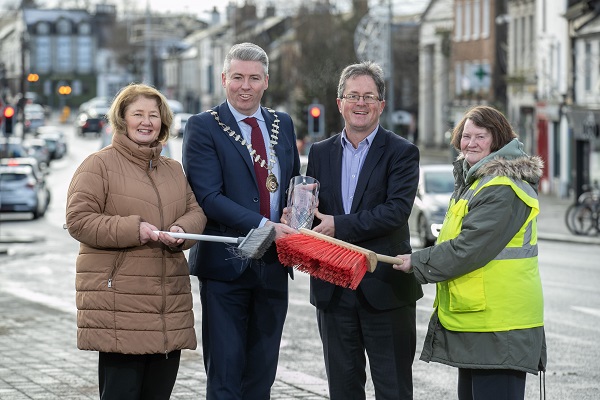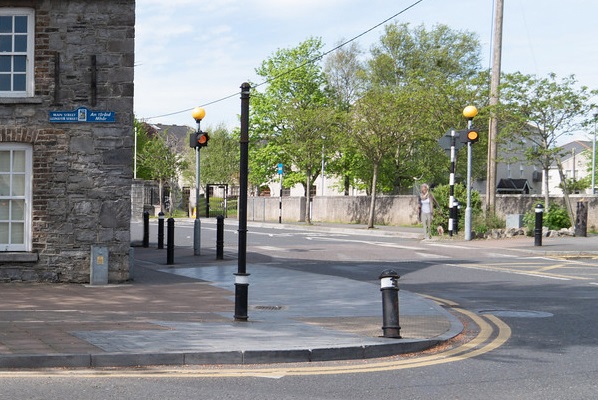
Survey: litter worsening in disadvantaged city areas

15 Oct 2018 – While Ireland’s towns and city centres are clean, disadvantaged areas of our cities are suffering increasing levels of litter. This is the finding of the latest survey by business group Irish Business Against Litter (IBAL). Fermoy in Cork was the cleanest of the 40 towns and cities surveyed, but pockets of Galway, Dublin and Cork city were more heavily littered than in previous surveys. IBAL sees more mixed housing as the long-term solution to our urban litter problem.
An Taisce assessed litter levels over the summer months on behalf of IBAL. 77% of towns and cities were found to be clean. None was deemed a litter blackspot, but five were ‘littered’ or ‘seriously littered’ and scored worse than last year.
“We have seen a worsening of litter levels in economically disadvantaged areas, which dominate the lower placings of our rankings,” says Conor Horgan of IBAL. “What is often lacking in these areas is a sense of ‘pride in place’, which in turn reflects an absence of real community. In the frenzy to address our housing shortage, we must be mindful of the need to build communities along with houses. Mixed housing is the long-term solution to our urban litter problem.”
While Dublin City Centre was clean, registering one of its best ever results, the North Inner City and Ballymun were more heavily littered than previously. Cork City‘s Northside and Mahon also showed higher levels of litter, as did Ballybane in Galway city, which was bottom of the rankings.
The An Taisce report for Ballybane cited “pathways riddled with heavy levels of food related litter”, “huge swathes of all manner of litter, as well as discarded bags of rubbish” and dumping near St Brigids Church. There were several blackspots in Ballymun, which suffered from widespread dumping, according to the report.
By contrast, An Taisce complimented Fermoy, stating “It is rare to visit a town with an almost complete absence of litter, not just in the town centre but in residential and other outlying areas surveyed.” The report for Dublin City Centre noted ‘a virtual absence of litter ‘ along many high footfall streets and that the shopping streets in the capital this summer “presented very well, not just with regard to litter but paving, planting and street furniture.”
Navan showed the greatest improvement of any town, rising 20 places in the rankings.
“Our surveys have consistently revealed a disparity in cleanliness between our city centres on the one hand, and neglected city areas on the other,” says Horgan. “This disparity has never been more acute than this year – our city centres are cleaner, while disadvantaged urban areas are more littered.”
The An Taisce reports highlight the prevalence of “long lie” litter in sites as evidence of neglect over a long periods. “In most cases the litter we encounter doesn’t appear overnight, but has been present over a long period,” continues Horgan. “It is frustrating to see our surveyors highlighting the same sites year-on-year with no evidence of clean up. It also bears out our contention that our litter problem is concentrated in areas that are being neglected by local authorities. A concerted effort to clean up these areas would contribute greatly to a cleaner environment.”
The most recent statistics available on litter enforcement show the cost of litter wardens is 10 times greater than the revenue collected through litter fines. While the cost of the service has risen over the past 6 years, the revenues collected have halved from €1.7m to €0.84m. “By any measure, this represents a pitiful return on taxpayers’ money and should be addressed. These resources could be put to better use elsewhere.” says Horgan.





